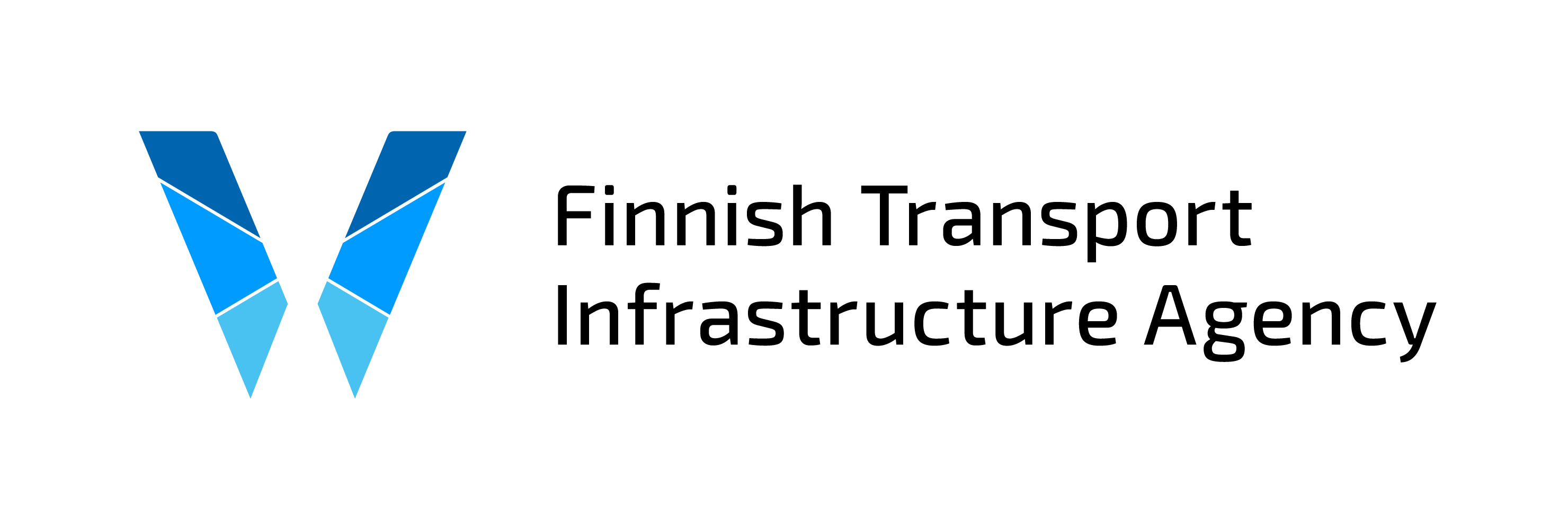Winter’s first ice-breaker to set out to the Bay of Bothnia on 13 December
The Finnish Transport Infrastructure Agency had decided on sending the first ice-breaker to the Bay of Bothnia. Ice-breaker Otso will set out from Helsinki on 13 December 2019.
This year, the assistance period will begin earlier than last year. Last year, the first ice-breaker set out on the Christmas Day. The reason for the earlier start of assistance is the development of the ice conditions in the northern part of the Bay of Bothnia, as the sea water in the area is colder than on the average.
The first assistance restrictions in the northern ports will enter into force on 15 December when Otso will reach the area. Even though the sea water in the north is colder than usual, the situation in the Gulf of Finland, for example, is quite the opposite, and there is currently no need for assistance restrictions. Traffic in Saimaa is currently assisted by the Meteor and Iso-Pukki ice-breakers. The intention is to keep the Saimaa Canal open until the end of January, depending on ice conditions.
Even in ice conditions, ships navigate 24/7. Based on the Finnish Transport Infrastructure Agency’s service promise, ships receive ice-breaker assistance in approximately four hours. Ice-breakers do not operate on fairways leading to ports only but also assist many ships in open seas.
Finland is the only place where all ports freeze every year
There are 30 year-around ports in Finland whose winter traffic is assisted, where necessary.
‘The winter conditions in Finland differ from all other countries in that we are the only place where all the ports freeze every year. Even if the sea is not completely frozen every winter season, the shores are”, says Markus Karjalainen, Chief Navigation Specialist, Finnish Transport Infrastructure Agency.
The Finnish Transport Infrastructure Agency prepares for an average winter and places assistance restrictions on the same principles as in the previous winters, based on ice conditions.
Nowadays an average winter is characterised by alternation between calm periods of freezing weather and mild windy periods. A fairly mild winter is not the same as winter with easy navigation. Usually, the winds during a mild period blow from between south and west, which creates slush and pack ice areas off the ports in Finland, making them difficult to navigate. When the winds calm down, the weather usually turns cold and new ice quickly begins to form in open seas and the slush areas created during the wind freeze and become difficult to pass through. This means increased towing in the assistance operations.
Ice-breaking involves team play
In the division of labour in the ice-breaking operations in Finland, the service providers maintain the ice-breaking fleet, while the Finnish Transport Infrastructure Agency is responsible for the functioning of the transport system. Among other things, the Finnish Transport Infrastructure Agency decides when the ice-breakers set out for assistance and places port-specific assistance restrictions on the basis of the ships’ ice class and deadweight.
”To be able to make timely decisions, the Finnish Transport Infrastructure Agency is engaged in constant dialogue with the ice-breakers, the Finnish Meteorological Institute, pilots, shipping companies, industrial establishments and ports, for example,” Mr Karjalainen says.
Ice-breaking cooperation is also pursued across state boundaries, so Finland has state treaties with Sweden and Russia, for example.
Information on the assistance and ice situation: www.baltice.org
Finnish Transport Infrastructure Agency, winter navigation:
Email: [email protected]
Service number (24h): +358 50 471 4850
Winter navigation website: includes winter navigation guidelines in Finnish, Swedish, English and Russian: https://vayla.fi/web/en/merchant-shipping/winter-navigation
Further information
Tuomas Taivi, Navigation Specialist
Tel: +358 (0)29 534 3328 or [email protected]
